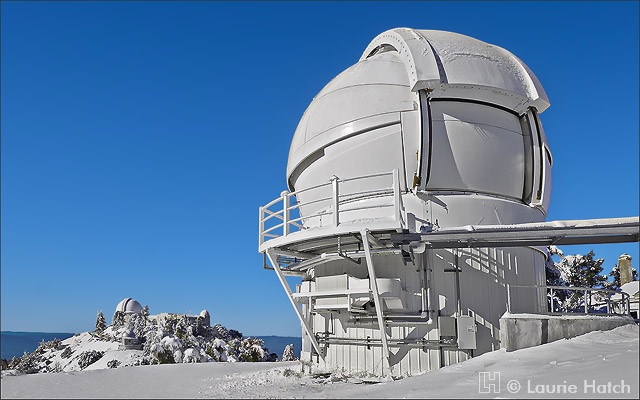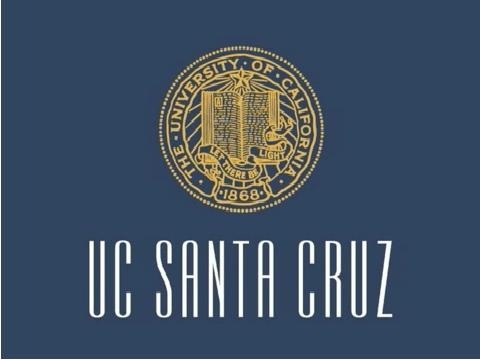March 23, 2020
Dennis Overbye
A popular screen saver takes a break while its inventors try to digest data that may yet be hiding news of extraterrestrials.

The seti@home screensaver, launched in May 1999, crunched data while your computer was idle.
is
One of the great science fiction fantasies of all time — that you might discover aliens texting you from outer space on your computer — is about to take a breather.
For the last 21 years ordinary people, armchair astronomers, citizen scientists, sitting at home or in their offices, were able to participate in the search for extraterrestrial intelligence — SETI — thanks to a screen saver called seti@home. Once installed, the program would periodically download data from the University of California, Berkeley, process it while the computer was idle, and then send it back.
[Some of this is currently inaccurate. While seti@home began its life as a screen saver, it became a full fledged project running on BOINC software, under CPU control similar to other projects like Rosetta@home and World Community Grid. BOINC software has become the basis for all sorts of distributed computing science projects. Most current statistic of the size of the BOINC world is 24-hour average: 28.495 PetaFLOPS, which today would place BOINC at No. 5 in the TOP500 if distributed computing was included in the mix, which it is not.

I was a BOINC cruncher for about 6 years. Below is my record of achievement. As you can see, I was in the 99th percentile of all BOINC for all time.

On March 2, the ringleaders of the seti@home effort, a beleaguered and somewhat diminished band of Berkeley astronomers, announced on their website that they were taking a break. On March 31 the program will stop sending out data and go into “hibernation.” The team, they explained, needs time to digest its decades of findings.
The suspension of new data mining removes yet another pleasant diversion that some of us — there were about 100,000 seti@home members at last count — could pursue during our social distancing prompted by the coronavirus pandemic.
Launched in May 1999, the program was one of the first great innovations of a then young internet, one of the first and most popular efforts to crowdsource difficult computations. It allowed you to imagine that you might one day receive a spam call or email from a real-estate agency on some asteroid, or a little green salesman trying to sell you black hole insurance.
I was an early and enthusiastic adopter of seti@home. I spent many a slack moment — that is to say, most of my moments — staring at the shifting mountain range of graphics that appeared on my office screen, constantly rearranging themselves in mysterious ways. I wondered what, if anything, they were saying — if someday the news that we are not alone would have my computer to thank.
Participating gave me the same feeling as being at NASA’s Jet Propulsion Laboratory during Voyager’s planetary encounters.
In those wonderful days, images beamed back from the spacecraft of moons, rings and other baffling phenomena in the outer solar system appeared on screens in the reporters’ newsroom at the same time that scientists, huddled in their offices, saw them for the first time.
We were united in our ignorance and our curiosity, wondering what the universe held in store for us that day.
We still don’t know. But the search for extraterrestrial intelligence has become a much more hopeful endeavor since 1960 when Frank Drake, now a retired professor at the University of California, Santa Cruz, pointed a radio telescope at two nearby stars in the hope of catching an interstellar broadcast.


He thought he heard something, and then he didn’t, which has been the story of the search ever since: thousands of stars, millions of radio frequencies, cosmic silence, the Great Silence.
Billions of stars, trillions of frequencies to go.



The National Radio Astronomy Observatory’s Robert C. Byrd Green Bank Telescope in rural Pocahontas County, W.Va., one of two telescopes — the other the Arecibo radio telescope in Puerto Rico — whose observational data Seti@Home processed.Credit…Jim West/Alamy
The logic of this endeavor is as unassailable as its prospects are rickety. Sentient beings anywhere in the galaxy, having reached a certain level of technological sophistication, would realize that the distances between stars are physically unbridgeable and would likely choose to communicate with radio waves.
But joining the cosmic conversation, if there is such a thing, would require us humans on the listening end to know which of 100 billion stars to point our receivers at, and which frequency to tune in to. That’s an optimistic scenario. And, of course, we would have to be able to figure out what they are saying once we heard it.
We now know that there are billions of other planets in the Milky Way galaxy alone. Thanks to efforts like NASA’s TESS satellite, we are beginning to discern some details of the closest ones. We know that they can look at us just as we are looking at them.
These days, one of the most extensive searches is being made by Breakthrough Listen, a program underwritten by the billionaire Yuri Milner and his friends.







Newly added

The effort, headquartered at the University of California, Berkeley, uses a giant 100-meter-diameter radio dish in Arecibo, Puerto Rico, among others. Seti@home has been piggybacking on those telescopes, looking at whatever they are looking at.
Once upon a time, almost 2 million computers were subscribed to the program, but it has since declined twentyfold. As the seti@home team explained in a recent conference call, they have been able to gauge the average lifetime of personal computers by how long they remain registered on the website — about three years.
All this has not happened without a few ruffled feathers. Legend has it that some I.T. administrators have found their networks bogged down by too many people running the screen saver at once. Dan Werthimer, who holds the Watson and Marilyn Alberts SETI Chair at the University of California, Berkeley, said this was overblown. Once, he said, a school administrator got in trouble after downloading seti@home to all the computers in the school. But after 21 years, the team doesn’t yet know whether their screen saver recorded any alien signals.
“Our resources have been limited,” Eric Korpela, the current director of the seti@home program, said.
A couple of years into the program, the team went to the Arecibo radio telescope with a list of promising signals worth checking out, to no avail. Now there are 20 billion events — it would be presumptuous to call them “signals” — awaiting another look.
In the meantime the team, never large, has shrunk to Dr. Werthimer, Dr. Korpela, David Anderson, the project’s founding director, and Jeff Cobb, who developed much of its software. In the recent phone call, they said they had been too busy keeping the computer servers running over the years to actually analyze all that data, and it is weighing on their minds. If they don’t take a break and do it now, they never will.
“We’re getting older,” Dr. Korpela said. “Some of us are retiring.”
“We haven’t published,” Dr. Werthimer said. “Our colleagues let us know about it every time we see them at scientific conferences.” He added, “We’ll keep working on results. One of them may be from E.T. We don’t know.” Noting that most of the sky had been seen many times, he said, “You might not be the only one who saw it.”
Dr. Drake once speculated that SETI was most likely to tap into cosmic religious radio broadcasts of the sort that predominate if you happen to be driving cross country. Personally, I’m steeling myself for a birdlike voice warning me that the warranty on my antimatter drive is about to expire.
Yearning for companionship is eternal. Even if it comes with cosmic spam.
See the full article here .
five-ways-keep-your-child-safe-school-shootings
Please help promote STEM in your local schools.







